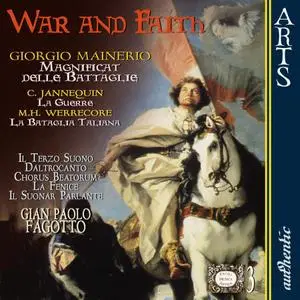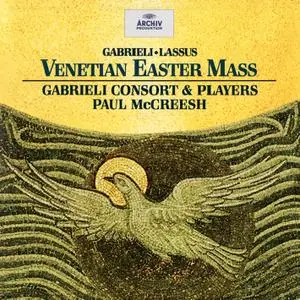Paul McCreesh, Gabrieli Consort & Players - A Venetian Coronation 1595 (1990)
EAC | FLAC | Image (Cue & Log) ~ 280 Mb | Total time: 71:17 | Scans included
Classical | Label: Virgin Classics | VC 7 91110-2 | Recorded: 1989
EAC | FLAC | Image (Cue & Log) ~ 280 Mb | Total time: 71:17 | Scans included
Classical | Label: Virgin Classics | VC 7 91110-2 | Recorded: 1989
The fifth release in the Rediscoveries series from Virgin Classics is the celebrated 1990 recording A Venetian Coronation 1595 by Paul McCreesh and his Gabrieli Consort & Players. The album presents a musical reconstruction of the coronation mass for Venetian Doge Marino Grimani. Gramophone wrote of the recording: "Without doubt, this is one of the finest records of Italian Renaissance polyphony to appear for a long time; imaginative in conception, varied in content, and both exciting and thought-provoking in execution."


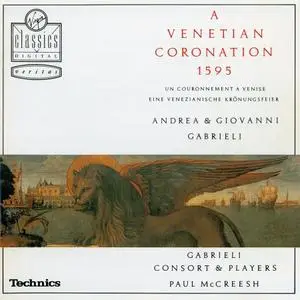
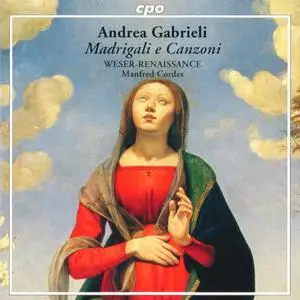
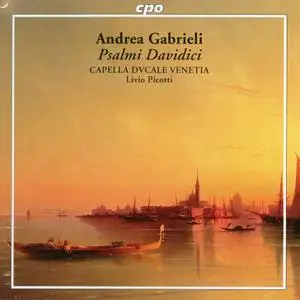
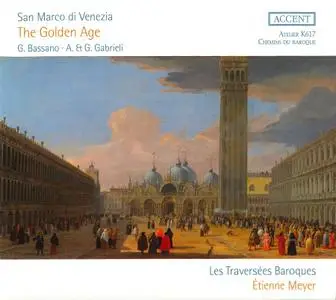
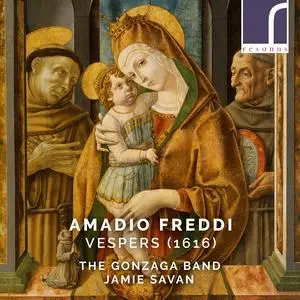

![Jérôme Lejeune - L'Europe Musicale de la Renaissance / Music in Europe at the Time of the Renaissance [8CDs] (2013)](https://pixhost.icu/avaxhome/5c/48/008c485c_medium.jpg)
